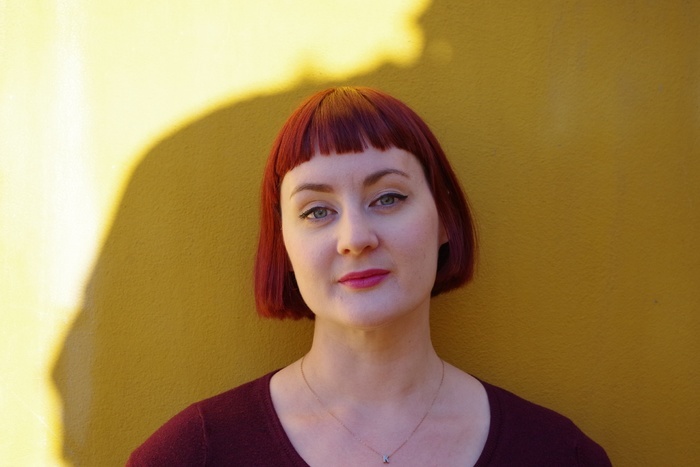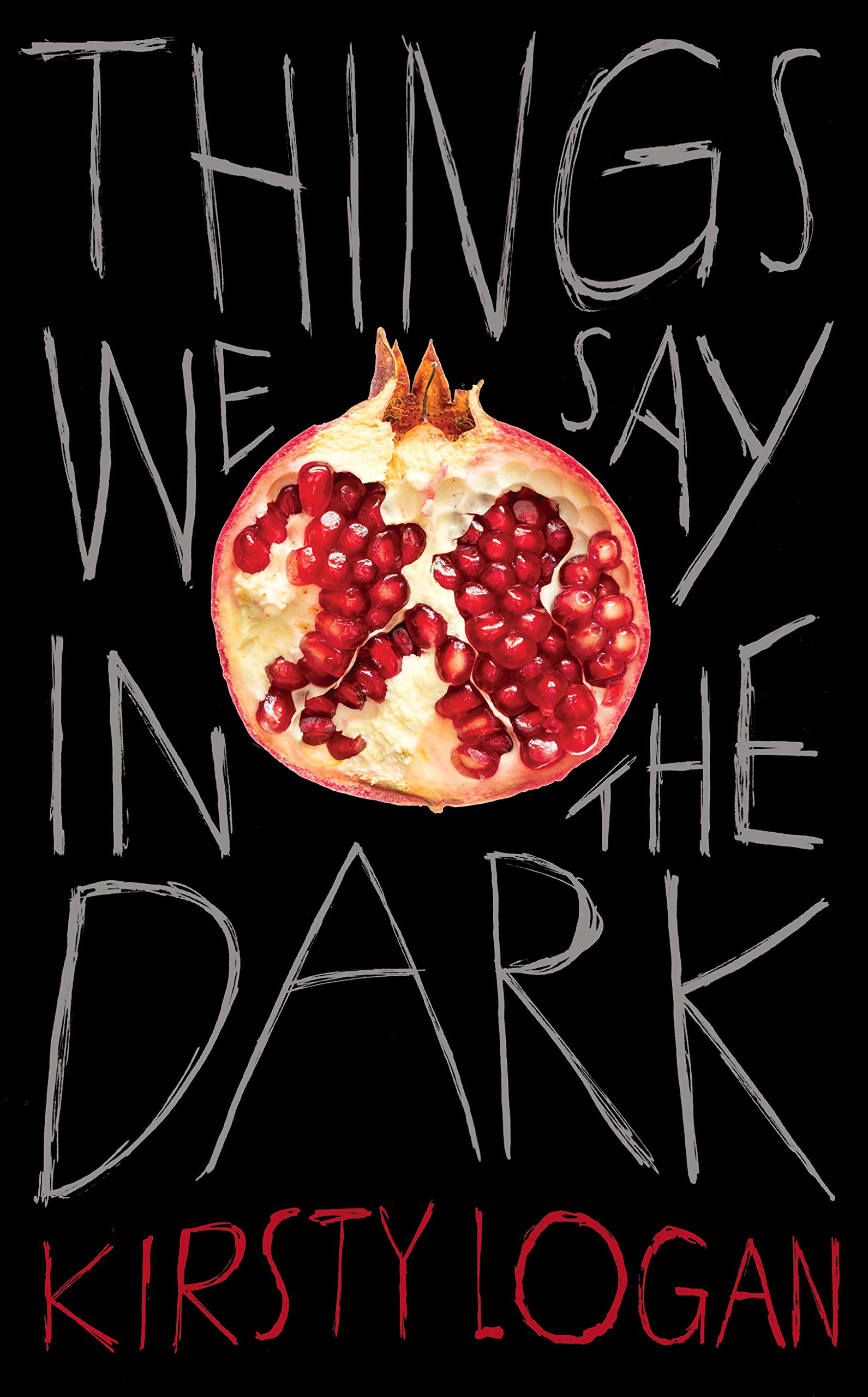Author Kirsty Logan shares her top tips on writing weird fiction.

1. Mix Existing Genres to Create Something New
Aspiring (or even published) writers worry about mixing genres, in case it makes the work hard to market or pitch. But try to think of it not as a weakness, but a strength. Few readers want to read exactly the same thing they’ve read before – but also it can be a hard sell to get readers to try something 100% unfamiliar. Many successful books mix genres because it gives the ideal mix of the familiar (genre elements that readers know) and the new (a combination).
2. Mix Elements of Things You Love
Take some time to think about what sort of stories you’re drawn to (think of the copy on the backs of books, or three-line Netflix descriptions). What makes you think: yes, this one's for me? What sorts of characters, settings, conflicts, journeys, time periods and other details are you drawn to? This combination is what is unique to you. Make lists of things you love, and keep adding to them. Then try randomly mixing elements from your lists to make something new.
3. Mix Forms
We know the standard forms: novel, short story, flash fiction, poetry, screenplay, theatre play, memoir, journalism etc. But you also can combine (usually) two of these. There are novels in poetry (The Black Flamingo by Dean Atta), novels that masquerade as film criticism (House of Leaves by Mark Z Danielewski), prose poems (Citizen by Claudia Rankine), non-fiction prose poems (Sum by David Eagleman), autofiction or fictionalised autobiography (Black Wave by Michelle Tea), and even a novel as series of multiple choice quiz questions (Multiple Choice by Alejandro Zambra). Try combining forms to bring a twist to the story you want to tell.

Kirsty Logan’s latest book is Things We Say in the Dark; she is the author of three short story collections, two novels (and two more scheduled for publication), two flash fiction chapbooks, a short memoir, and several collaborative works with musicians and visual artists. Her writing has been optioned for TV, adapted for stage, recorded for radio and podcasts, exhibited in galleries and distributed from a vintage Wurlitzer cigarette machine. Her next publication is an original audio novel with a full cast and sound design for Audible, The Sound at the End. When asked what sort of things she writes, she can never give a straight answer.
Comments